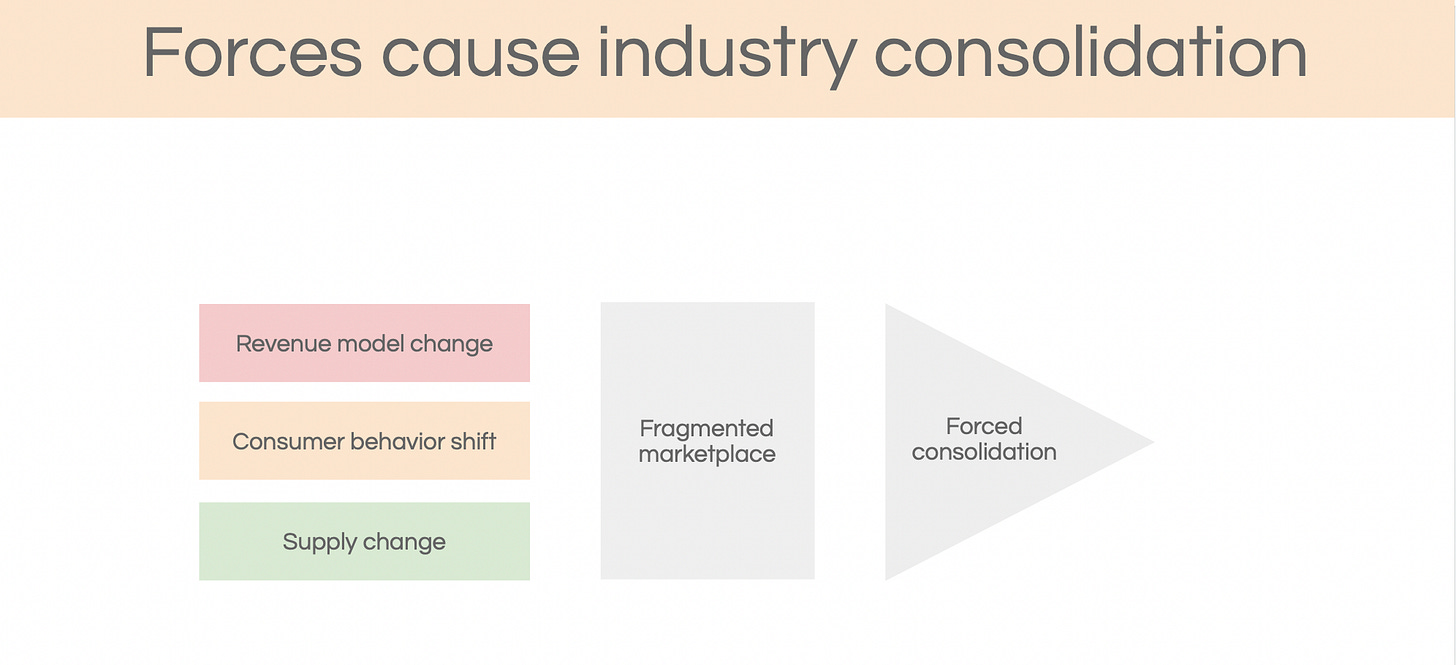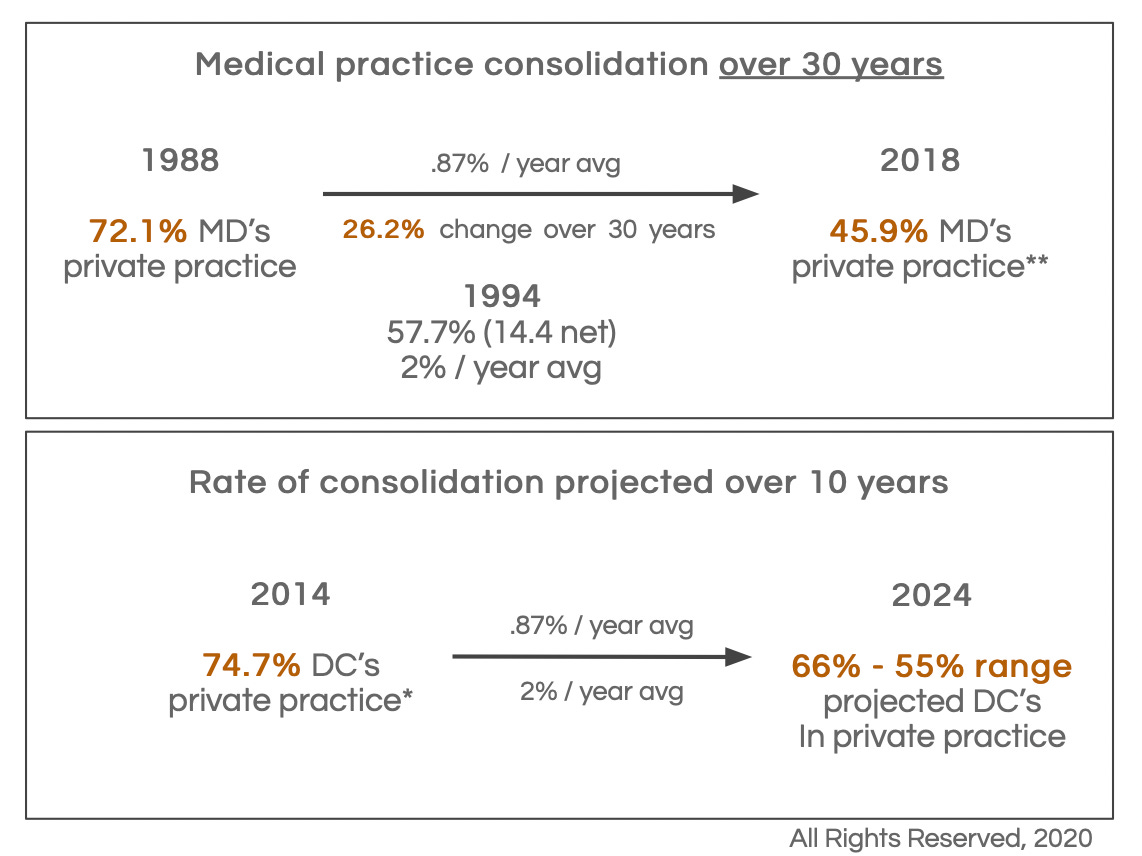Forces of Consolidation on the Chiropractic Industry.
The chiropractic industry is currently being driven toward consolidation by multiple macro-forces. There are three major forces driving this change: consumer behavior, revenue models, and supply chain dynamics. The convergence of forces is creating a sense of urgency among industry players to consolidate and develop stronger, more sustainable business models.
Consumer behavior shifts
During the past decade, consumer behavior has shifted significantly, as more people seek out holistic health and wellness solutions. Thus, consumers are increasingly interested in health care providers that offer a more integrated approach, which includes chiropractic treatment. Additionally, there is a growing demand for personalized and convenient healthcare, which is pushing the chiropractic industry toward consolidation. Especially when millennials and younger generations expect electronic health records, automated reminders, and scheduling systems as a given.
Revenue model pressures
There is also a change in the revenue model for chiropractic care. Insurance reimbursements for chiropractic care have been declining for some time, making it harder for small, independent chiropractors to maintain a profitable practice. This has led more providers to turn their attention to alternative revenue streams, such as direct-to-consumer care and partnerships with larger healthcare systems. This shift in revenue models has put a strain on independent chiropractors, forcing them to rethink their approach to care and search for new ways to generate income.
Supply chain pressures
Lastly, supply chain issues are impacting the chiropractic industry. As there is a limited supply of qualified chiropractors, it becomes increasingly difficult for smaller chiropractors to meet the demand. The result of this has been the increasing sale of providers' practices to larger, more established companies, which are able to provide a more sustainable business model.
In light of these macro-forces colliding, it is evident that the chiropractic industry is moving towards consolidation. As a result of fragmentation, many small chiropractors are struggling to survive in today's market. In contrast, consolidation will lead to higher standards for chiropractic care and will expand the market, making chiropractic care more accessible to the general public.
The chiropractic industry is experiencing a shift towards consolidation, driven by macro-forces that are colliding in the market. Fragmentation within the industry has led many small chiropractors to struggle to survive, while consolidation can lead to higher standards for chiropractic care and make it more accessible to the general public.
Although consolidation may be uncomfortable for some industry players, it is an inevitable evolution for any business industry, regardless of size. The medical industry provides a useful example, having taken nearly thirty years to consolidate, reducing the number of private medical practices from 72.1% in 1988 to 45.9% in 2018.
This example provides a potential model for considering the rates of consolidation that the chiropractic industry may undergo in the coming years. If we use the same rate of change, the chiropractic industry could consolidate from 74.7% in 2014 to between 55% and 66% in 2024. This prediction is remarkably accurate, with surveys conducted in 2019, and now available for us to analyze are showing that 64.5% of chiropractors were in sole proprietorships, a few years earlier than expected.
For the chiropractic industry to remain competitive, it must recognize and adapt to the current trend of consolidation. This evolution can lead to a higher standard of care and greater accessibility to the public. While change may be difficult, it is necessary for the growth and longevity of the industry.
Ultimately, macro forces are pushing the chiropractic industry toward consolidation. The evolution is necessary for the industry to be sustainable and to provide high-quality care to patients, even if some may find it uncomfortable. Adapting to these changes and embracing consolidation are essential for the industry to remain relevant and competitive in the industry. As consolidation occurs, the fragmented industry will face new realities that must be adapted if they want to remain competitive.
Don’t miss out! Next up: The Great Consolidation: How the Chiropractic Market Will Change
*https://www.nbce.org/nbce-news/analysis-2015/
**https://www.ama-assn.org/about/research/employed-physicians-now-exceed-those-who-own-their-practices
***https://www.nbce.org/wp-content/uploads/2020-Practice-Analysis-of-Chiropractic-2020-3.pdf
Disclosure: Author is long the following equities: OSCR, JYNT, TTD, TSLA, OPEN





